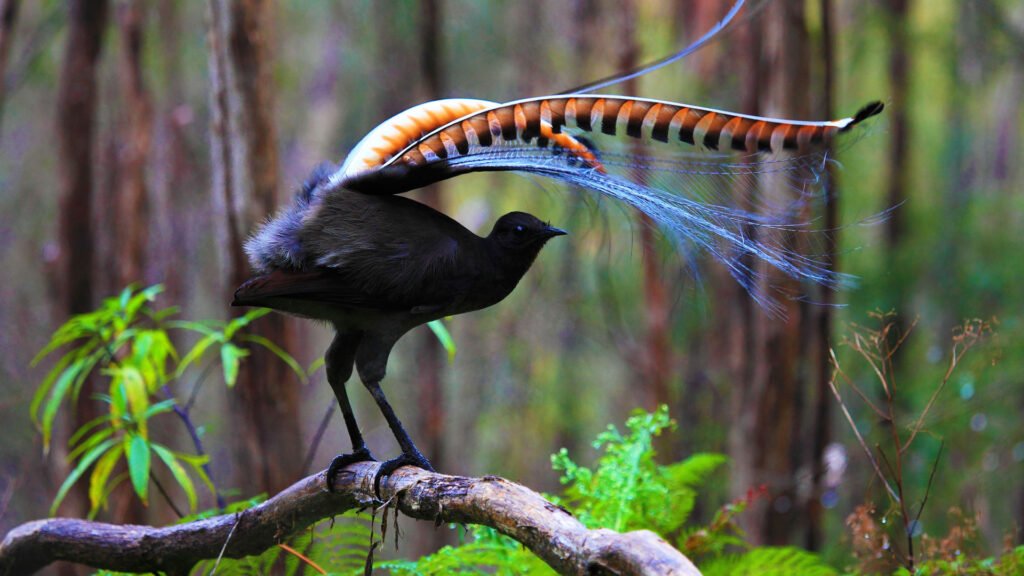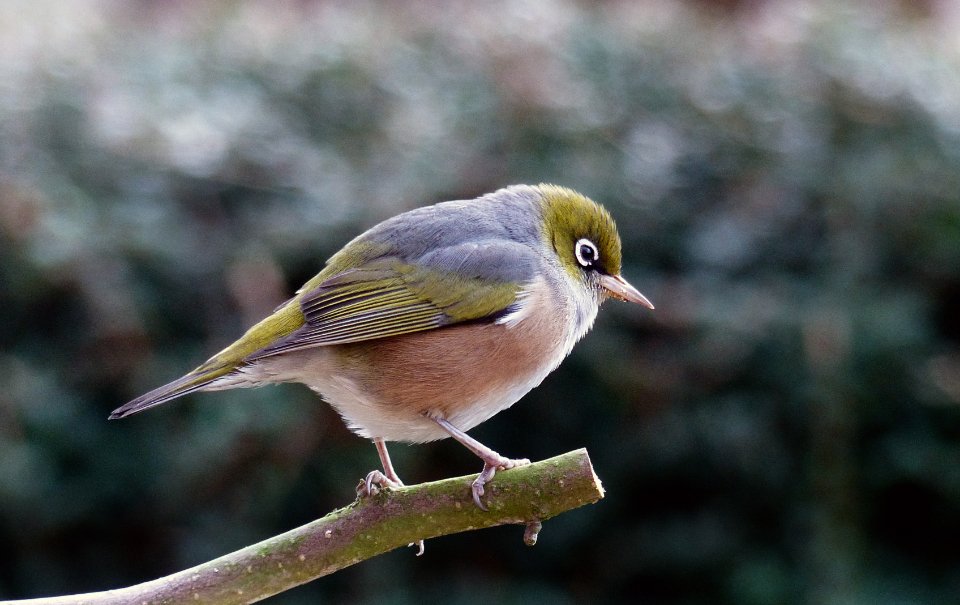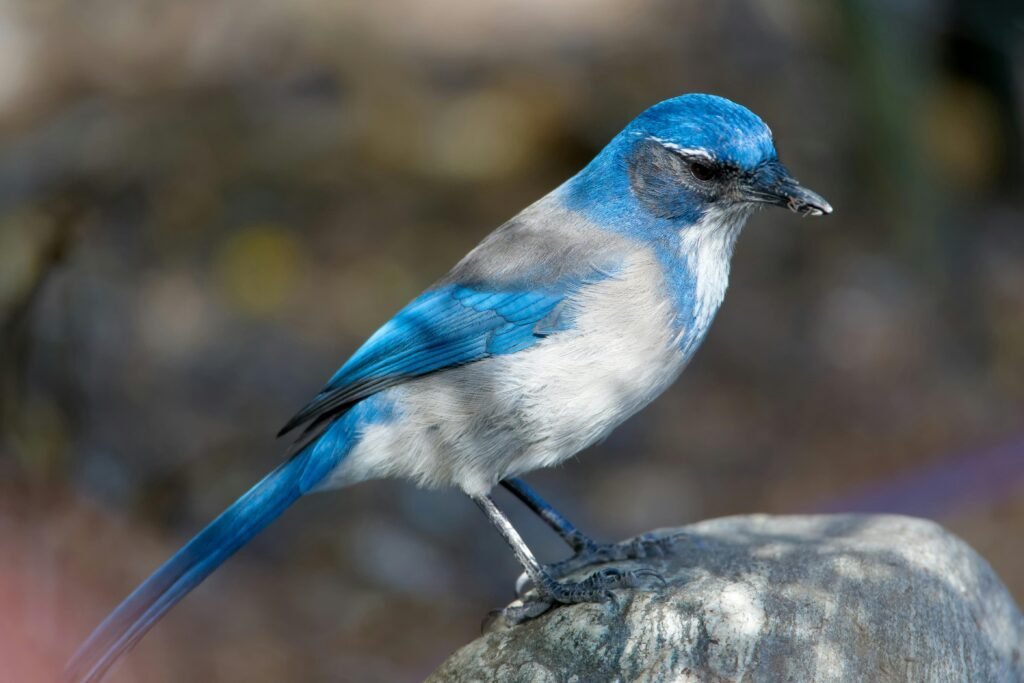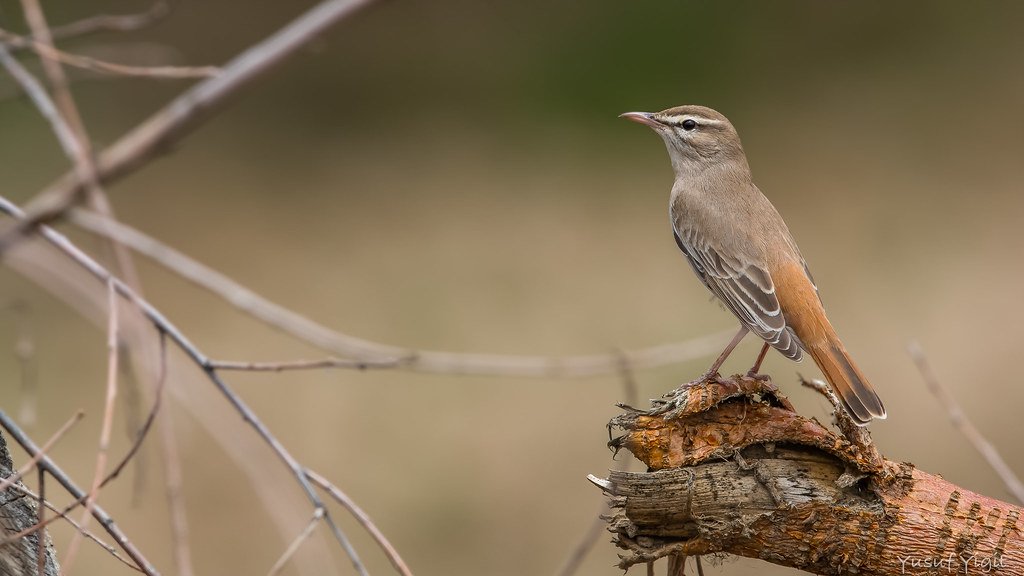Two species of lyrebirds live in the deep montane forests of northeastern Australia.
In their loud songs, lyrebirds can imitate the calls of other birds, barking dogs, and even the sound of a moving train.
Females usually build dome-shaped nests close to the ground. Their young stay with them for more than eight months.
Larger than all the songbirds is the superb lyrebird, which has a peculiar musical instrument-shaped tail, fifty centimeters long.
Superb lyrebirds cannot build nests and are not adept at caring for their young.

New Zealand’s tiny rifleman birds hold onto tree trunks with their long legs while they use their thin, pointed beaks to pry insects from the bark. Rifleman birds are the oldest of New Zealand birds, and they sprung from a family that has no counterpart anywhere in the world.
Male superb lyrebird chicks do not develop lyre-shaped tails until they are three or four years old.

Two species of scrub birds live in Australia. There, they survive by eating insects, lizards, and frogs.
Male scrub birds make a powerful bell-like call that can be heard far away from deep in the thicket.

The rufous scrub bird spends most of its time on the ground and rarely flies.
An adult rufous scrub bird is sixteen to eighteen centimeters long and weighs approximately 30 grams.
The rifleman is one of three species of wrens in New Zealand. Their eggs are equal to 20 percent of their body weight. Female birds and male birds recruit partners to fetch food for their chicks.

